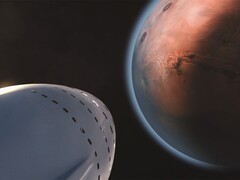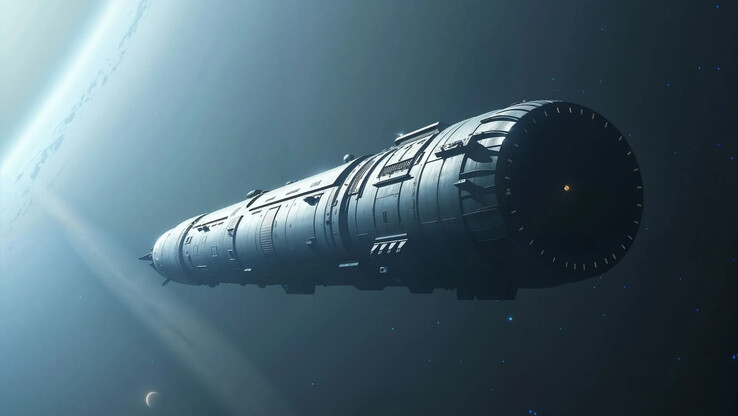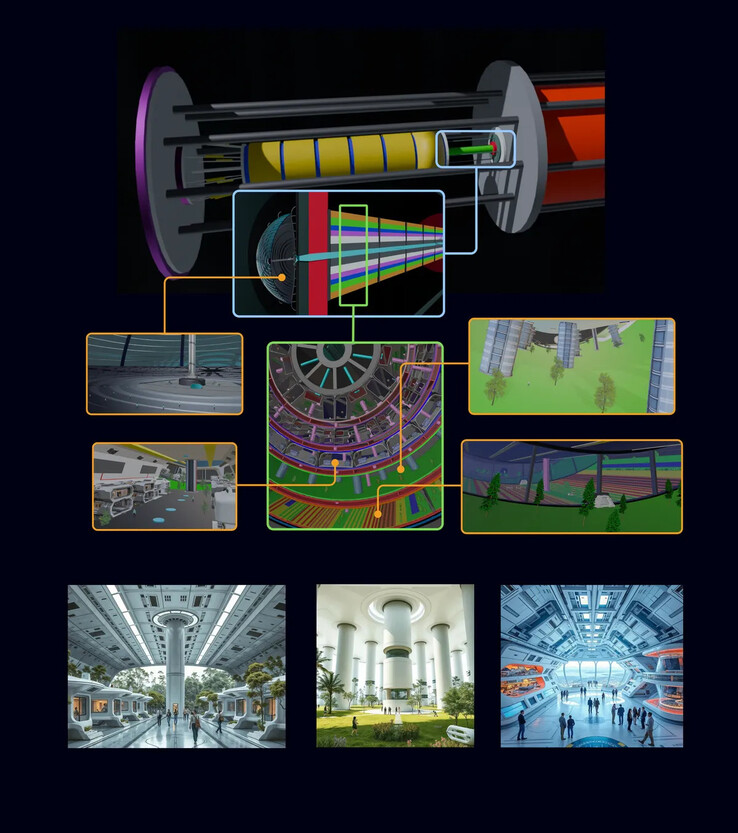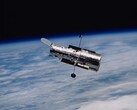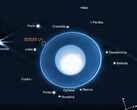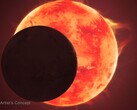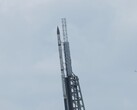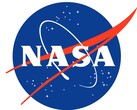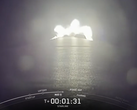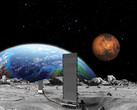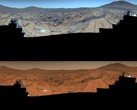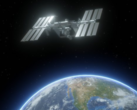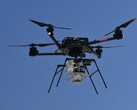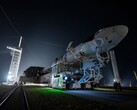The conquest of space has continued to evolve in recent years, and new missions are being planned, such as the Starship, which is expected to take off for Mars in the next few years. However, if travel within the solar system has become commonplace, this is not the case for interstellar travel. And with so many challenges to face, a team of researchers has designed the ideal spacecraft for such missions.
So, if we're talking about interstellar travel, the first destination would be Alpha Centauri. This is the closest stellar system to us, and it contains Proxima Centauri B, an exoplanet located in the habitable zone of its star and which could potentially harbor life.
However, the journey to this planet is long, as it is estimated around 400 years and it is necessary to have a spaceship adapted to all needs. Thus, Chrysalis seems to be the ideal candidate for this mission. Imagined by researchers who won the first prize in the Hyperion competition, this spacecraft has an architecture inspired by Russian dolls and can carry up to 2,400 people.
It must be said that it is designed to be self-sufficient with farms in order to meet the vital needs of travelers. But that’s not all, because there are also environments that can be found on Earth, such as forests. Regarding the management of food, energy, and human resources, they would be managed by artificial intelligence, in order to ensure balance during the entire journey.
Of course, if you travel in space, you have to say goodbye to gravity. But gravity is important for the human body. Consequently, this vessel could generate its own artificial gravity by rotating on itself, thus avoiding many problems.
Nevertheless, if all this could sell some dream, it is important to remember that its construction is a huge technological challenge. And today, other more important missions are planned, such as Artemis which plans the return of man to the Moon and the construction of a base.
Source(s)
Techno-Science (in French), Project Hyperion




